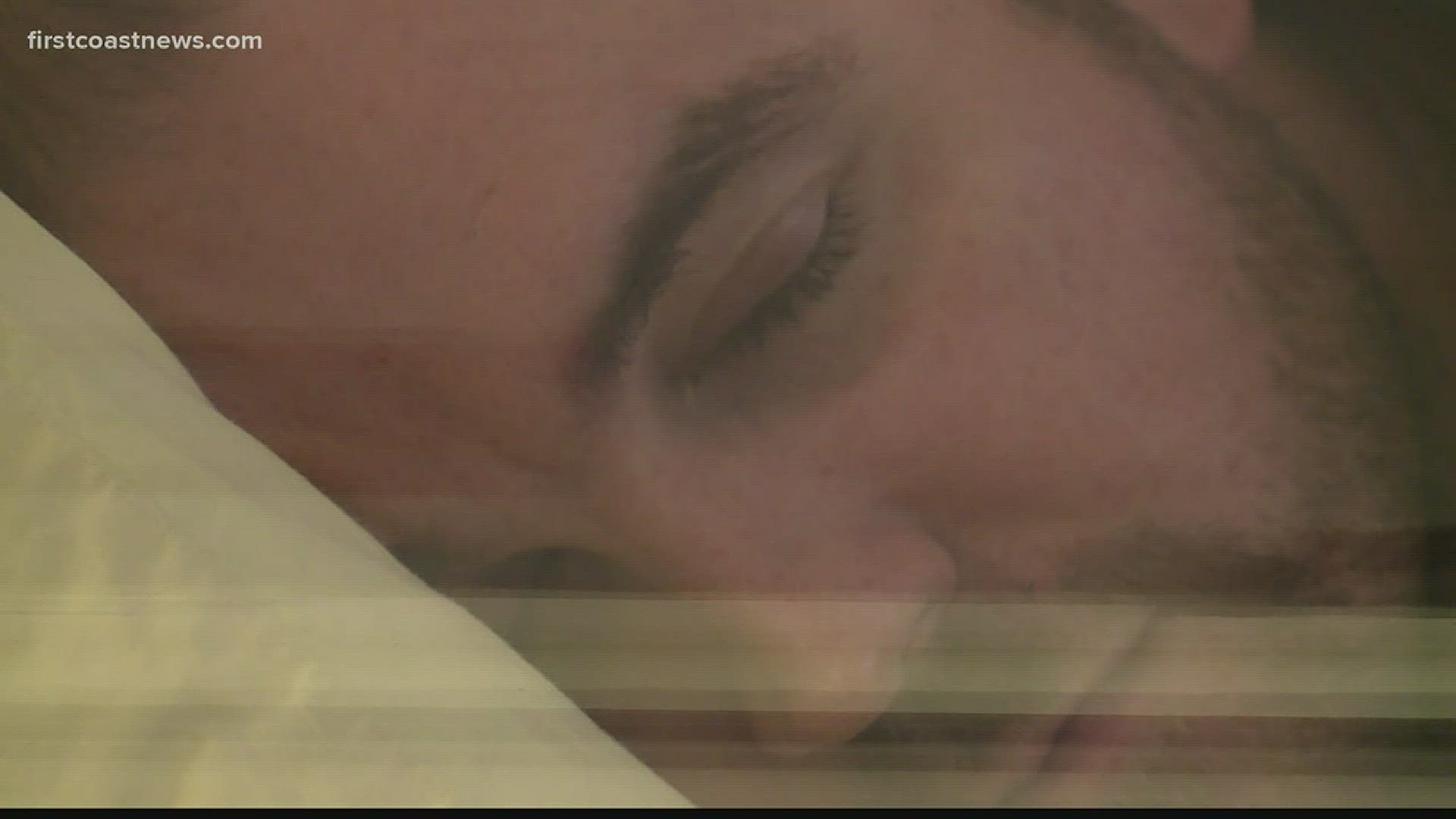In a fraction of a second, Patrick Zeigler’s life changed forever.
On November 5, 2009, Patrick was in a small building with other soldiers; he had only been there a few days after returning to Fort Hood, Texas from a tour in Iraq. His coworkers were scrolling on their cellphones, trudging through paperwork, sitting in chairs aligned in five rows or so. Patrick was in the second row.
Nidal Hasan, former U.S. Army Major and psychiatrist, stood, yelled ‘Allhu Akbar’ and began shooting.
“I distinctly remember he yelled and I looked up and they always call them a lone wolf and that’s exactly what he looked like, he looked like he was howling at the moon when he yelled that, he raised his head and yelled to heaven,” He said, “because he thought he was going to heaven that day. Now he sits on death row, paralyzed from the chest down.”
Patrick said he was probably the first or second person hit by the spray of bullets. He was shot in the head, an impact so strong it knocked him from his chair, but he was still conscious. He tried to crawl away to safety, but Hasan came and shot him three more times in the back. Patrick said he passed out after that.
“The paramedics came in and they actually black-tagged me back they thought I was going to die, so they had moved on to help other people who were less wounded – who they thought were going to survive,” Patrick said he later learned.
But he did survive. It wasn’t without a fight, however.
“Apparently, I regained consciousness and sat up and said ‘Hey, I need help let’s get to a hospital right now,’” said Patrick
Doctors removed 20 percent of Patrick’s brain in order to save his life. The right half of his skull is made out of plastic. Patrick had to relearn how to walk four different times. After each surgery, it was like a reset button was hit, and Patrick had to start from square one.
“Honestly,” he said, “I think I was the only one that thought I was going to survive, pretty much everyone else was waiting for me to expire… I just knew I was going to make it. I hate faith in God and in myself.”
Patrick is strong, his faith is strong, and so is his support system.
He told First Coast News that a key component of that support system is The 22 Project. A non-profit created by Alex Cruz aimed to help Veterans receive the medical treatments needed after they serve.
Cruz is also the President and CEO of Medical Integrative Neuro Diagnostics, a place where special brain imaging technology is used to take MRIs, CAT scans and 3-D SPECT imaging. He realized he could use his equipment to help veterans and thus The 22 Project began. Cruz’s 3-D SPECT imaging equipment, which goes beyond a CAT scan or an MRI, detects changes in the capability of the brain. Cruz took a scan of Patrick’s brain when he first began therapy.
Patrick's therapy requires him to spend 75 minutes, twice a day, inside of a hyperbaric chamber in Delray Beach. The chamber pumps 100 percent oxygen into his brain to try and help heal some of the damage his brain sustained on that fateful day in Texas. Cruz runs The 22 Project as a non-profit but he funds 90-95% of the treatment for the veterans he has helped. In total, Cruz has helped change the life of 30 veterans.
“It’s very easy you just have to lay there and breathe and I get to watch TV or a movie while I’m doing it. After a week of treatments I’m starting to feel some benefits and a little bit of change in my demeanor,” Patrick said.
Patrick had been wanting the hyperbaric treatment for years and he is glad to be back in his home state. He is still fighting through the pain and through the memories but he is getting a little better every day.
“I didn’t lose my personality, I didn’t lose my intellect, sometimes I forget to use it, but I’m doing very well, considering,” Patrick joked.

